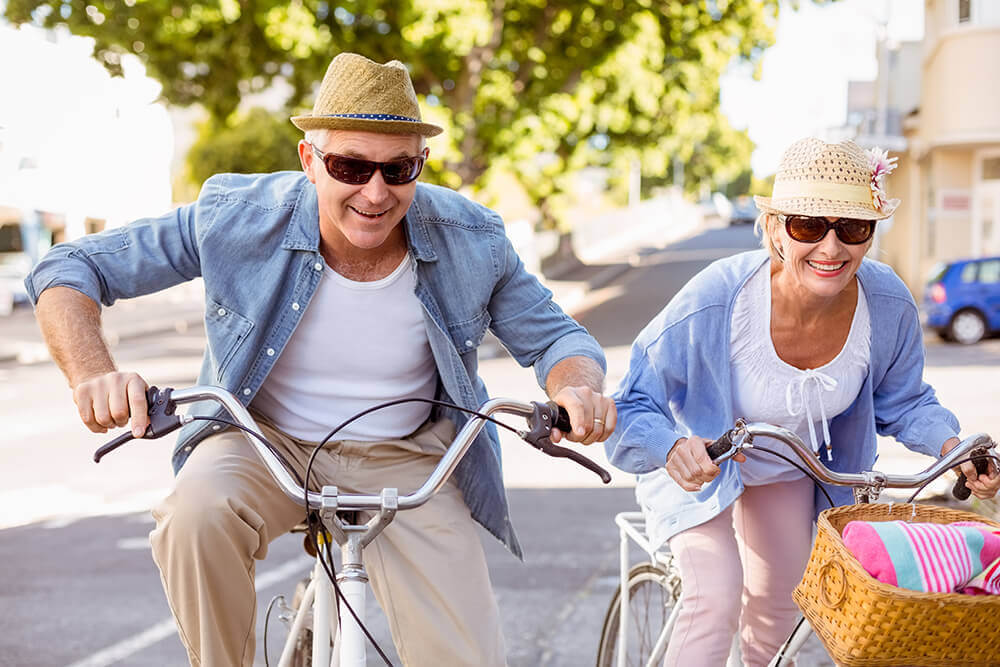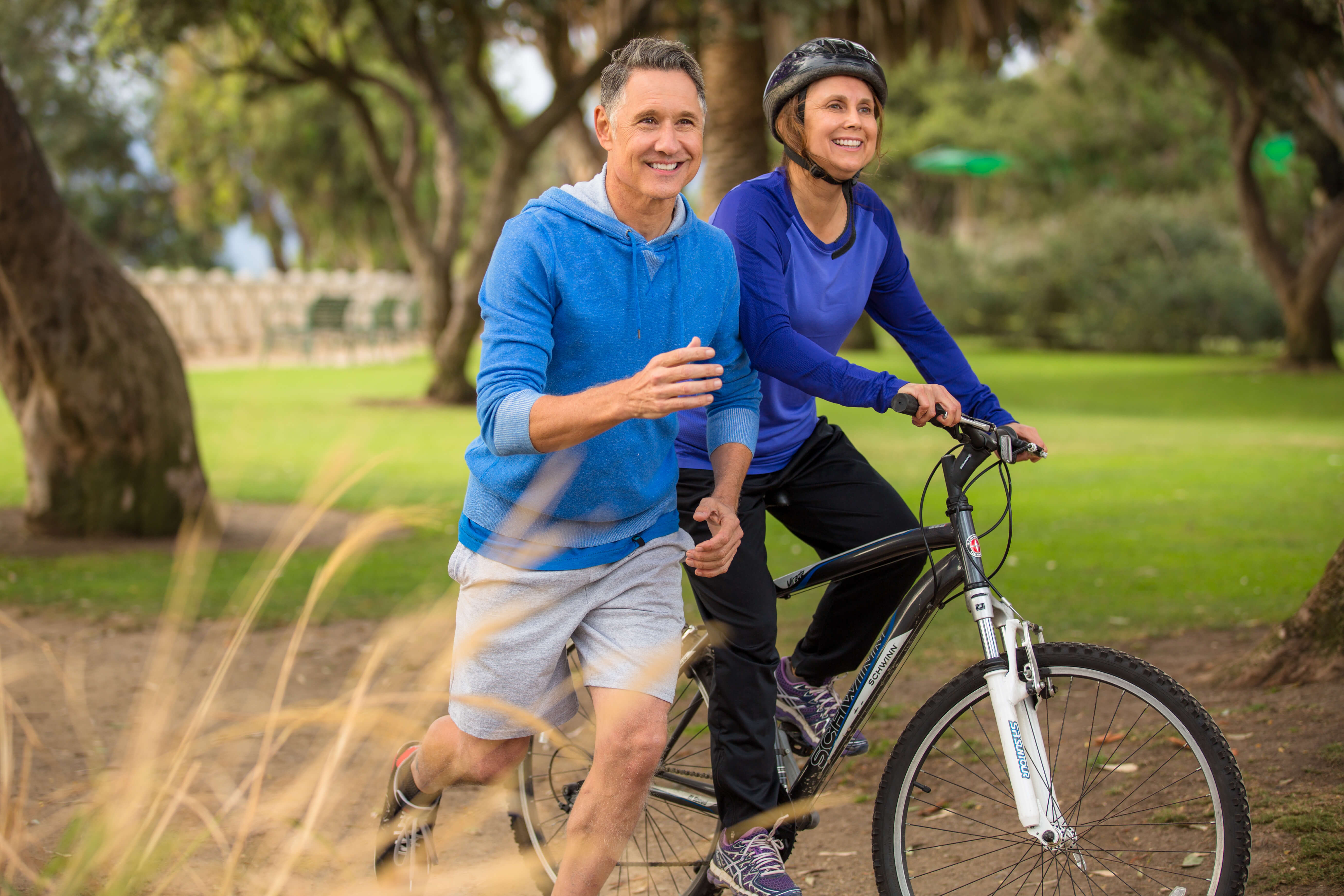Living an Active Life with Incontinence is Not Impossible Leave a comment
An active life with incontinence issues is not an oxymoron
In fact, an active life with incontinence issues is so entirely possible and manageable, that it is really not all that noteworthy. What makes it worth talking about is that there are still a great number of incontinence sufferers out there who assume their condition precludes them from enjoying any and all physical activity. If you are someone who longs to be active, or more active than they currently are, but who is holding his or herself back because of incontinence issues, below are some things to keep in mind when staying active while living with incontinence.
You can specifically target muscles that control and promote continence
It is well known that strenuous and high-impact physical activity can bring about incontinence episodes, especially stress incontinence, but there are ways to help improve continence issues by targeting specific muscle groups during exercise routines. Specifically, pelvic floor muscle exercises help to improve bladder control, and can be easily added to weekly gym routines, or home workouts. The urinary bladder is a muscular sac, which can be strengthened, as well as lose strength over time, so working it out is vital for those living with incontinence.
Exercise for better continence
Living an active life with incontinence means training your body to be more incontinence resistant. This means understanding which exercises, and forms of exercise help build continence, and which you may want to avoid. If you know that high-impact physical activity triggers incontinence, then joining an mixed martial arts gym may not make as much sense as something like swimming, yoga, and/or bicycling. These activities help you increase the length of your spine, lift your chest, and, importantly, reduce pressure on your bladder.
Healthy weight and incontinence
There is considerable medical data and literature confirming the link between obesity and incontinence. It makes perfect physiological sense if you think about it. Increased weight means increased pressure on one’s bladder, and more muscle control required to help fight leakage. Reaching and maintaining a healthy body weight can go a long way to fighting incontinence, which is why it is important not to let your incontinence discourage, or dissuade you from developing a healthy exercise routine.
Incontinence, therefore, should not be something that prevents you from exercising and staying active, but rather something that encourages you to do so. If you are struggling to live an active life with incontinence, and would like to find out more about how to manage your incontinence, visit the MedProDirect online database and resource for all your incontinence needs and questions.
References
“Diet and Exercise for Good Bladder Health.” National Association for Continence. Retrieved from: https://www.nafc.org/diet-and-exercise/
Subak, L.L. et al. (2010). “Obesity and Urinary Incontinence: Epidemiology and Clinical Research Update.” Journal of Urology 182(6): S2-S7. Retrieved from: https://www.ncbi.nlm.nih.gov/pmc/articles/PMC2866035/
Townsend, M.K. et al. (2009). “Physical Activity and Incident Urinary Incontinence in Middle-Aged Women.” Journal of Urology 179(3): 1012-1017. Retrieved from: https://www.ncbi.nlm.nih.gov/pmc/articles/PMC2712871/






